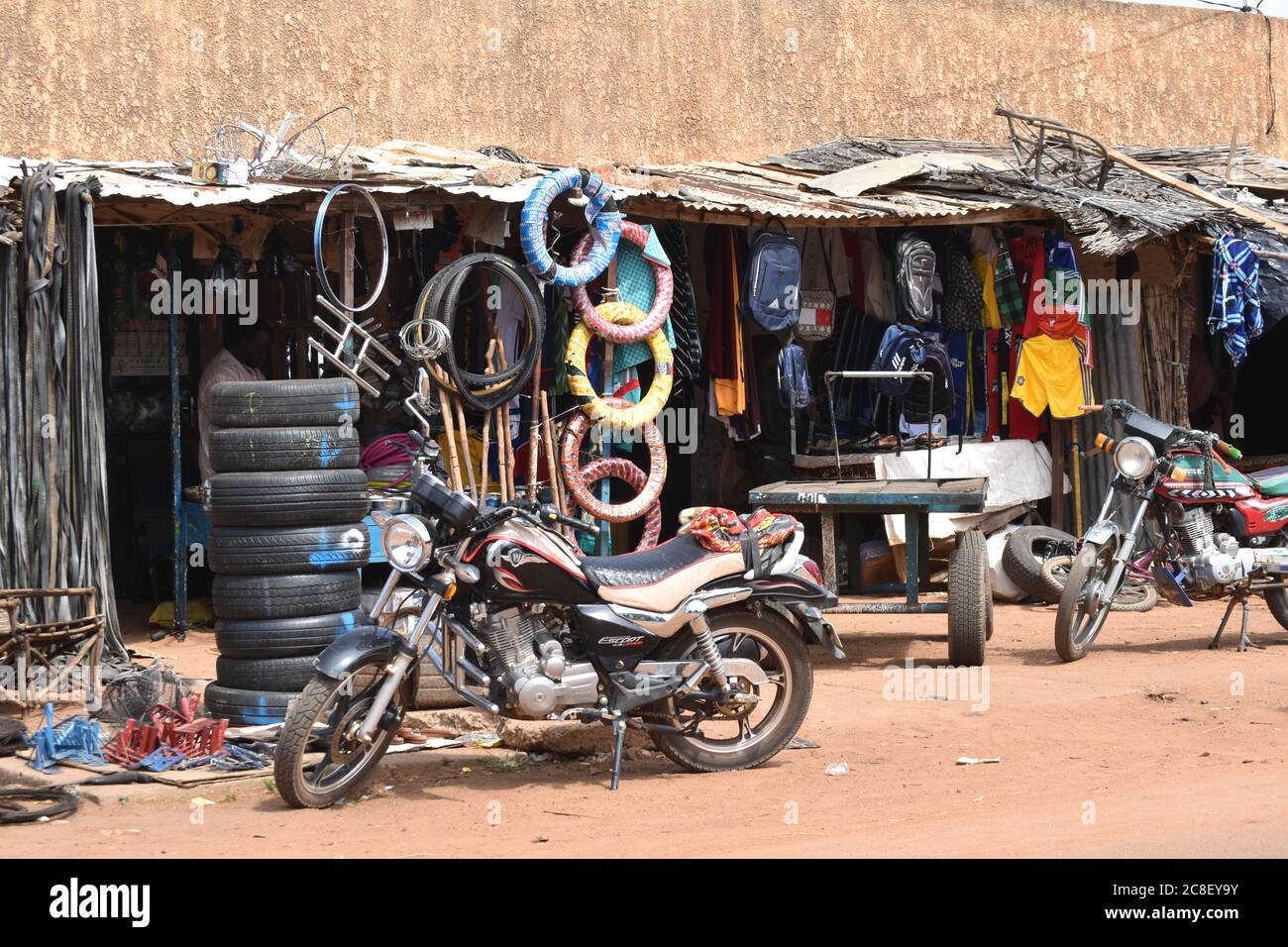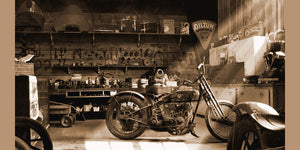Locate Affordable Costs on Motocross Parts NZ for each Bike
Locate Affordable Costs on Motocross Parts NZ for each Bike
Blog Article
Grasping Motorbike Gears: Exactly How to Optimize Your Riding Experience
In the realm of motorcycling, grasping the art of gear control is essential for boosting your riding performance. Effectively understanding and making use of motorcycle gears can significantly affect control, gas, and acceleration efficiency, transforming an ordinary ride into a smooth, exhilarating journey.
Recognizing Gear Mechanics
Exactly how do the details of equipment technicians affect motorbike efficiency? At the core of motorbike characteristics, equipment technicians play a pivotal role in converting engine power into movement, eventually dictating speed and control. Gears, thoroughly crafted elements, enable motorcyclists to enhance torque and rate, making sure a smooth shift with different terrains and velocities. The gear proportions, meticulously made, determine the relationship in between engine changes and wheel turns, influencing velocity and fuel efficiency.
Comprehending equipment mechanics starts with recognizing the relevance of the gearbox, which houses several gears of varying dimensions. These gears engage through a process recognized as meshing, where teeth of different equipments involve to transmit power.
In addition, the concept of equipment shifting is important to making best use of performance. Prompt and smooth shifts guarantee that the engine runs within its optimal power band, protecting against unnecessary stress and boosting longevity (motorbike shop). By understanding these mechanical intricacies, bikers can accomplish an unified blend of performance, control, and power, raising their riding experience
Timing Your Changes
Change timing proficiency is vital for enhancing bike efficiency and boosting the riding experience. Properly timed shifts ensure that the engine operates within its optimal power band, which is crucial for maintaining control, attaining smooth acceleration, and ensuring the longevity of the motorcycle. Bikers should develop an user-friendly feeling of when to move gears, which includes comprehending the connection between engine transformations per minute (RPM) and speed.
To grasp shift timing, pay attention to the engine's noise and feel, as these provide vital ideas concerning when to alter gears. When the engine comes close to the upper variety of its power band without reaching the redline, the perfect shift factor normally happens - motocross parts nz. Moving prematurely can result in a lack of power, while changing as well late may create unnecessary engine strain
In addition, roadway problems and riding style impact shift timing. In urban settings, smoother and more regular shifts might be required to browse web traffic effectively. On the other hand, throughout highway riding, fewer changes at higher rates can be better. Practicing in varied environments will boost your capacity to time changes exactly, inevitably raising your riding experience to a professional level.
Enhancing Gas Efficiency
While mastering motorbike equipments is vital for performance, enhancing gas performance is equally crucial for both environmental and economic reasons. Optimum gas consumption not only minimizes functional costs but also reduces the eco-friendly impact of riding. To achieve this, one should comprehend the complex partnership between gear option and engine performance.
First of all, choosing the appropriate equipment at appropriate speeds can substantially influence gas intake. Riding in a greater equipment at reduced rates can bring about engine hauling, which is harmful to both fuel economic climate and engine wellness. Conversely, riding in lower gears at high speeds results in unnecessary fuel consumption. Hence, keeping an optimum balance by shifting gears in alignment with road problems and prepared for maneuvers is essential.
Additionally, regular upkeep plays an essential role in fuel performance. Making certain that the bike is well-tuned, with tidy air filters and correctly pumped up tires, can boost the rules of aerodynamics and reduce gas wastage. Taking on a riding design that accepts steady acceleration and smooth deceleration can contribute to better fuel economy.

Techniques for Smooth Transitions
Achieving smooth equipment transitions is basic to improving the riding experience and ensuring the durability of a motorcycle's transmission system. Correct gear changing not only adds to a seamless experience but additionally minimizes damage on the mechanical components. To grasp the art of smooth transitions, motorcyclists must concentrate on a few crucial strategies.

Secondly, clutch control plays an essential duty. Engaging and disengaging the clutch smoothly needs technique. The clutch bar should be released slowly, enabling a smooth transfer of power from the engine to the wheels without causing a jolt or abrupt motion.

Adapting to Road Conditions
Navigating varied roadway problems is an essential ability for any kind of motorcyclist intending to preserve control and security. Whether you're riding on wet surfaces, gravel roadways, or browsing doglegs, your capability to adapt your gear usage and riding technique is paramount. Understanding just how to readjust your equipments properly can substantially influence traction and security, guaranteeing a much safer journey.
On damp roadways, it is suggested to keep higher gears to lower torque and minimize wheel spin. This strategy aids preserve grasp on unsafe surfaces, allowing for smoother velocity and slowdown. On the other hand, when riding on crushed rock or unequal terrain, reduced equipments are more effective. Lower equipments supply much better control and enable you to react more promptly to unforeseen changes in the roadway surface.
Sharp curves require accurate equipment management to stabilize speed and control. Downshifting before getting in a curve can assist maintain momentum while making certain the motorcycle continues to be secure throughout the turn. Consistent method in varied conditions boosts your ability to anticipate and react to adjustments in road texture and incline.
Verdict
Grasping motorbike equipments substantially boosts the riding experience by boosting fuel, velocity, and control performance. Adjusting equipment choice to numerous roadway problems, such as utilizing higher gears on wet surfaces and reduced equipments on crushed rock, additional improves handling and security.
Comprehending gear mechanics starts with identifying the relevance of the gearbox, which houses multiple gears of differing dimensions. These gears communicate through a process recognized as meshing, where teeth of various equipments involve to transmit power (motocross parts nz). Gentle adjustments to the throttle throughout equipment shifts can avoid jerky movements and maintain a regular riding rate
Whether you're riding on damp surfaces, gravel roads, or browsing sharp turns, your capability to adapt your equipment usage and riding try this web-site technique is critical. Adapting equipment choice to various roadway problems, such as using greater equipments on wet surface areas and lower equipments on click for more gravel, more improves handling and safety.
Report this page